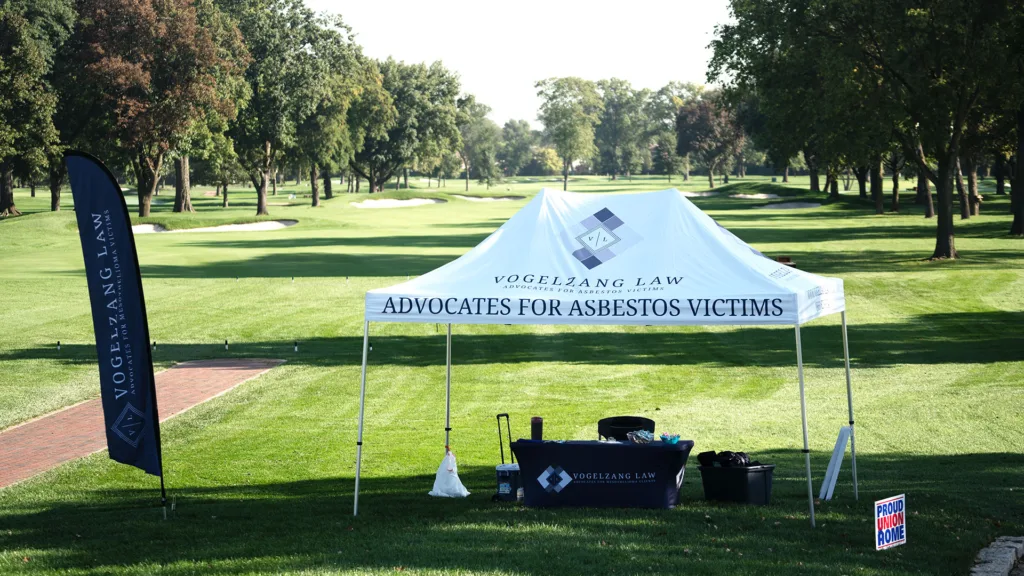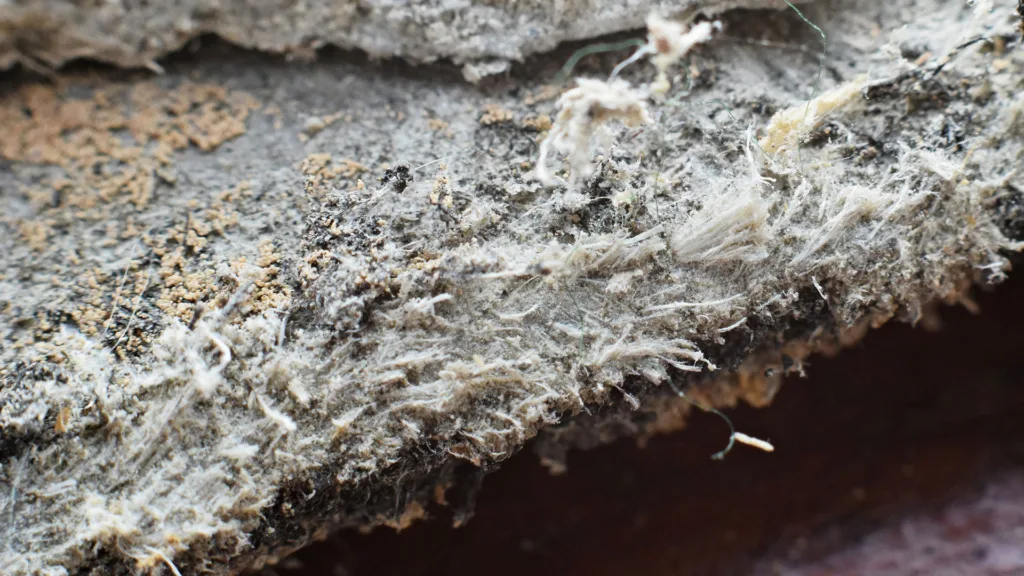UPDATE March 19, 2024
The U.S. has finally fully banned asbestos. After three decades, the EPA has banned the only form of asbestos still in use in the United States. On Monday, March 18, 2024, the EPA formally prohibited the use and import of chrysotile asbestos.
Read more news coverage:
Asbestos has been banned in more than 60 countries, but the U.S. continues to hold out and allow the use of asbestos, albeit in a limited capacity. But this isn’t good enough. The EPA passed the 1989 Partial Ban on the manufacturing, import, processing, and distribution of some asbestos-containing products. This also prevented new asbestos products from entering the U.S. market after August 25, 1989. Since then, they have passed multiple additions to the Act, the most recent being the 2022 ban on the ongoing use of asbestos. There is currently a call to ban asbestos globally, a fight we fully support.
History of Asbestos Litigation
The history of asbestos is littered with cover-ups and malfeasance. It is well documented that manufacturers were aware of the dangers of asbestos but did nothing about it. Internal documents and statements from Johns-Manville and Raybestos-Manhattan, two of the largest manufacturers, proved they made false claims and knew how dangerous asbestos was as early as the 1930s. Beginning in 1934, executives from both companies suppressed information that showed asbestos was harmful to workers. Other documents show that Philip Carey, Co. ignored warnings from their own medical consultant, and when he warned of future litigation, he was dismissed from his position.
Sumner Simpson, the president and founder of the Raybestos-Manhattan Company, purposely suppressed information and misled workers about the dangers of asbestos. Simpson, in collusion with his attorney, spearheaded a research project that directly countered claims as they were presented. They would only distribute information that was the right type and would not injure the company.
The timeline of asbestos litigation and regulation includes the following:
- 1970 – The Clean Air Act – the first piece of legislation to declare asbestos fibers to be toxic. The Act allowed the EPA to set exposure tolerance limits for asbestos and enact the Asbestos National Emissions Standards for Hazardous Air Pollutants (NESHAP).
- 1974 – Safe Drinking Water Act – the EPA enforced national drinking water standards to protect against improper disposal of chemicals, including asbestos, that could contaminate drinking water.
- 1976 – The Toxic Substance Control Act – the EPA was given the authority to restrict chemicals and hazardous materials used by industries. The EPA was allowed to regulate how asbestos-containing products were manufactured, packaged, handled, stored, and disposed of.
- 1986 – Asbestos Information Act – industries that produced asbestos-containing materials must report information (type or class of product, years of manufacture, etc.) to the EPA, which was then made available to the public.
- 1986 – Asbestos Hazard Emergency Response Act (AHERA) – the Act required all public and non-profit schools to establish specific procedures and protocols to identify, inspect, and remove asbestos that may pose a hazard to any occupants of a building. Schools must create and maintain an Asbestos Management Plan to guide the administration should an asbestos situation arise.
- 1989 – Asbestos Ban and Phase-Out Rule – the goal of this legislation was to eventually ban all asbestos use in the U.S. However, in 1991, a federal judge overturned the ruling, and only parts remained active, including a ban on any new asbestos products. It banned five existing products: commercial paper, corrugated paper, flooring felt, rollboard, and specialty paper.
- 1990 – Asbestos School Hazard Abatement Act – this legislation strengthened AHERA with the purpose of aiding states and local schools in maintaining and implementing their Asbestos Management Plans.
- 2007 – Ban Asbestos in America Act – sponsored by Sen. Patty Murray, the act was stopped by Congress.
- 2009 – National Mesothelioma Awareness Day – established by Sen. Patty Murray
Current Status of Asbestos
In its heyday, asbestos was used in over 3,000 products. It could be found in vinyl flooring, patching compounds, siding, roofing materials, all types of insulation, brake pads, siding, appliances, fire-retardant clothing, pipes, cement, ceiling tiles, clutches, paper products, friction products, gaskets, sealants and coatings, textured paints, heat-protective pads, laboratory furniture, electrical wire and components, adhesives, and much more. Buildings, ships, and automobiles manufactured prior to 1975 may still contain asbestos.
Asbestos is still being used today. Because of its unique properties (flexibility, fire and corrosion resistance, and strength), it remains an important component of my products, including asphaltic roofing compounds, gaskets, corrugated sheeting, imported cement pipe, roofing materials, vinyl tile, and friction products (brake shoes and clutches). Most of these products are used in a commercial setting and are installed under tight regulations by OSHA. It is important to note that today, there are no asbestos-containing products specifically manufactured for use by the general public.
Sadly, in the last 20 years, limited legislation concerning asbestos has been made into law. Several bills called The Fairness in Asbestos Injury Resolution (FAIR) Act have been proposed to aid those seeking compensation for asbestos exposure-related injuries. None of those have passed.
In 2019, the EPA was finally able to pass a final rule that strengthened its ability to ban asbestos products no longer on the market and prevent them from ever reentering. The EPA prohibits any new use of asbestos. If a person or company intends on manufacturing, importing, or processing asbestos must give the EPA a minimum of 90 days notice. The EPA will then conduct a thorough investigation and either prohibit or restrict the use. Anything addressed under the 1989 ban remains in place.
Banned asbestos-containing products include:
- Adhesives
- Arc chutes
- Beater-add gaskets
- Block insulation for boilers and furnaces
- Cement products
- Commercial paper
- Corrugated paper
- Extruded sealant tape and other tapes
- Decorative fireplace embers
- Filler for acetylene cylinders
- Flooring felt
- Friction materials
- High-grade electrical paper
- Millboard
- Missile liner
- Packings
- Pipeline wrap
- Reinforced plastics
- Rollboard
- Roof and non-roof coatings
- Roofing felt
- Sealants
- Separators in fuel cells and batteries
- Spackling and joint compound
- Specialty paper
- Spray-on fireproofing and insulation materials
- Spray-applied decorative materials
- Vinyl-asbestos floor tile
- Wet-applied and pre-formed molded pipe insulation
- Woven products
- Other building products
View the full list from the EPA.
In March 2023, the EPA submitted an updated proposal that banned the use of chrysotile asbestos – the last known type of asbestos still being imported into the United States, often used to make products like cement and brake linings. It is the most common type of asbestos, making up 90-95% of asbestos used in buildings. This proposal has not been finalized, but hopefully will be so the U.S. can join the 70 other countries that have banned the use of asbestos.
Some common products that still contain asbestos include:
Contact us for your free consultation – we’re here if you need us.
- Asbestos-cement pipes
- Asbestos protective clothing
- Automotive brake pads and clutch discs
- Flat and corrugated sheets
- Gaskets, valves, hoses, and packings
- Pipe and duct wraps
- Roofing, ceiling, and flooring materials


